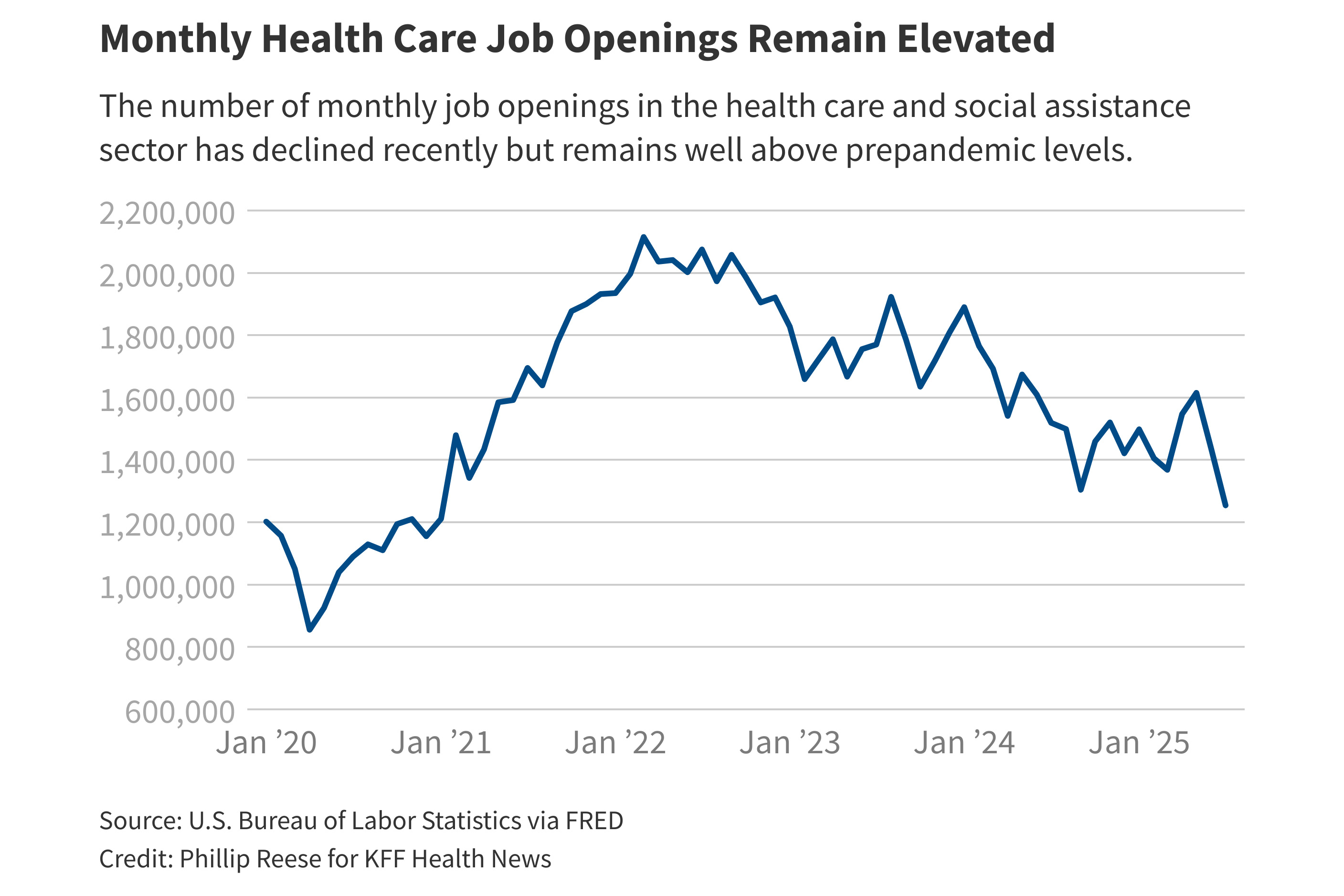Navigating the complex landscape of healthcare requires more than just a cursory understanding, it demands insights from those who have mastered the field. This article unveils the shared resources and strategies recommended by seasoned professionals for making informed medical decisions. With a focus on practical advice and expert-backed approaches, readers are equipped to make choices with confidence and clarity.
- Use BRAIN Acronym for Informed Decisions
- Rely on Credible Sources and Second Opinions
- Follow Best Interest Standard in Pediatric Care
- Review Latest Research and Personalize Treatment
Use BRAIN Acronym for Informed Decisions
As an MRI technologist, I provide patients with accurate, comprehensive information to support their decision-making about medical treatments, especially when injecting gadolinium-based contrast agents.
One strategy I have found valuable for myself and my patients is encouraging them to slow down and think through the decision at hand.
One tool I have found useful to accomplish this is the acronym BRAIN:
B-Benefits
R-Risk
A-Alternatives
I- Intuition: What does your gut tell you?
N-Nothing: What happens if you do nothing?
By having patients go through each letter, we can both be confident the patient and provider have thoroughly considered each aspect of the decision and are well-informed.
This strategy helps to avoid decisions made in panic or haste and forces the medical provider and the patient to slow down.
Thus, patients are more likely to make decisions based on logical consideration rather than emotional reaction.
 Amy Karim
Amy Karim
Blog Writer, SEO Strategist, MRI Technologist, AmyKarim.com
Rely on Credible Sources and Second Opinions
When it comes to making informed decisions about medical treatments, a thoughtful and proactive approach is essential. The first step is always research—relying on credible sources like peer-reviewed medical journals, trusted health organizations, and guidance from licensed healthcare professionals. Instead of turning to anecdotal evidence or social media trends, it’s crucial to focus on evidence-based information.
A productive strategy is to ask your doctor detailed questions during consultations, including the risks, benefits, and potential alternatives of any treatment. Seeking a second opinion can also be incredibly valuable, especially for major medical decisions, as it ensures you’re considering all possible options.
For those who want to dive deeper, resources like PubMed or professional medical associations can offer insights into treatment protocols or ongoing research. Most importantly, staying open to dialog with your care provider and taking the time to weigh your options ensures that your choices are both informed and personalized to your unique needs.
 David Hill MD
David Hill MD
Plastic Surgeon & Medical Director, Fulcrum Aesthetics & Surgery
Follow Best Interest Standard in Pediatric Care
When approaching informed decisions about medical treatment as a pediatrician, there are challenges to informed consent and assent. Children of various ages have differing understanding of the available medical, dietary, and surgical treatments available for their health and have rising autonomy, though ultimately rely on their parents, guardians, and providers for definitive decision making. Thankfully, the caregivers and the providers act with best interest standard ethics in mind.
Best interest standard means that we determine appropriate medical care for a patient who cannot consent themselves to care autonomously based on what is best for the patient. This approach requires education of the caregiver about the risks and benefits of the available care options, which generally involves discussion about best evidence practice of medicine and the provider’s personal experience with the suggested therapies.
Patients of all ages are invited into the discussion in terms that they can understand to provide assent if they are under the age of consent and able to participate. Providers and caregivers then consider this risk-benefit analysis with other ethical principles such as beneficence, non-maleficence, and justice to provide safe and efficacious care to the patient.
 Derryl Miller
Derryl Miller
Assistant Professor of Clinical Neurology, Indiana University and IU Health Physicians
Review Latest Research and Personalize Treatment
When making informed treatment decisions, I review the latest scientific research and clinical guidelines to evaluate various treatment options’ safety, efficacy, and long-term outcomes. This includes analyzing peer-reviewed studies, clinical trials, and real-world evidence to ensure solid data back the treatment. By grounding my decisions on the best available evidence, I can provide patients with the most effective and up-to-date options for their condition.
Next, I focus on personalizing the treatment plan based on the patient’s needs. I consider their medical history, genetic factors, and biomarkers, especially for complex conditions like ATTR-CM, where cardiac and renal health can significantly impact treatment response.
Finally, I emphasize the importance of collaboration with other specialists to ensure a comprehensive treatment plan. I also prioritize open communication with patients, explaining their options, potential risks, and expected outcomes. This allows patients to make informed decisions aligning with their values and preferences, empowering them to take an active role in their healthcare journey.
The most valuable resources I rely on are evidence-based clinical guidelines and peer-reviewed journals such as PubMed and Cochrane Reviews, which provide up-to-date research and comprehensive insights into treatment options. These resources ensure that my decisions are based on the best available scientific evidence and allow me to stay informed about the latest advancements in medical care.
Additionally, multidisciplinary collaboration is crucial-consulting with experts from various specialties, such as cardiology, genetics, and pharmacology, ensures a more holistic approach to patient care, especially for complex conditions. Another essential strategy is patient-centered communication. I use tools like shared decision-making frameworks and personalized patient portals to engage patients actively in their care process.
By providing clear, concise information and encouraging open discussions, I empower patients to make informed decisions about their treatment, which leads to better adherence and outcomes. This approach strengthens the patient-provider relationship and ensures the treatment plan aligns with the patient’s individual values and goals.
 Dr. Gregory Gasic
Dr. Gregory Gasic
Co-Founder, VMeDx











